The Future of Cognitive Architecture: Case Studies and Emerging Trends in AI, Data-Driven Design, and Sustainability
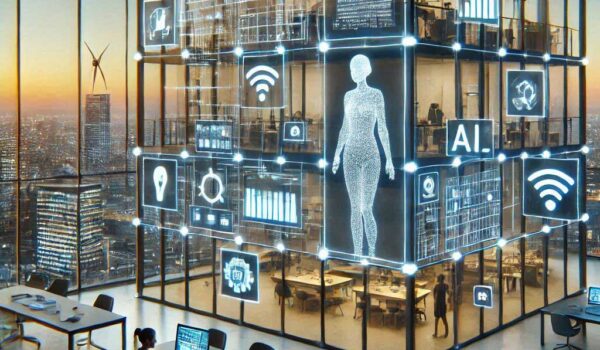
Introduction
Cognitive architecture is a revolutionary field that goes beyond aesthetics to design spaces that influence human behavior, emotions, and cognitive states. It creates environments that improve mental well-being, productivity, and health.

As technology continues to advance, cognitive architecture is being enhanced by trends such as artificial intelligence (AI), data-driven design, biophilic design, and sustainability, among others.
This article explores real-world case studies that have showcased the impact of cognitive architecture on human experience. In parallel, we’ll discuss how emerging trends such as AI, adaptive environments, and sustainability can further elevate the potential of cognitive architecture, shaping the future of spaces for homes, offices, healthcare facilities, and public spaces.
1. Case Studies in Cognitive Architecture: Real-World Successes
1.1 The Sydney Opera House

The Sydney Opera House is a remarkable example of how architecture can evoke emotional and cognitive responses. Its bold, organic form and positioning by the harbor create an awe-inspiring atmosphere that engages the visitor’s senses. The design reflects the concept of cognitive architecture by using the built environment to inspire creativity, contemplation, and reflection. The success of the Opera House can be attributed to its ability to foster engagement, enhancing the cognitive experience of visitors, from the building’s shape to the sensory journey within.
1.2 The Guggenheim Museum

The Guggenheim Museum in New York, designed by Frank Lloyd Wright, is an iconic structure that demonstrates how a unique, spiraling layout can stimulate cognitive exploration. Visitors are encouraged to navigate the space in a non-linear manner, which challenges conventional cognitive patterns and promotes a more interactive and engaging experience. The museum’s design is a prime example of architecture that uses form and movement to influence the way people think and feel as they engage with the artwork and the space itself.
1.3 The Eden Project
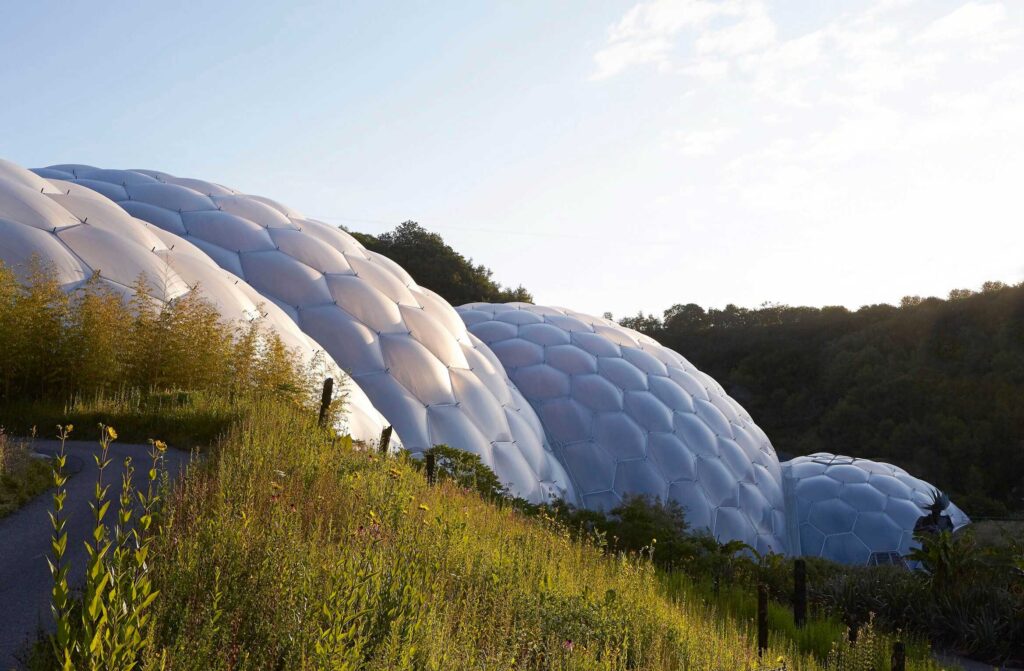
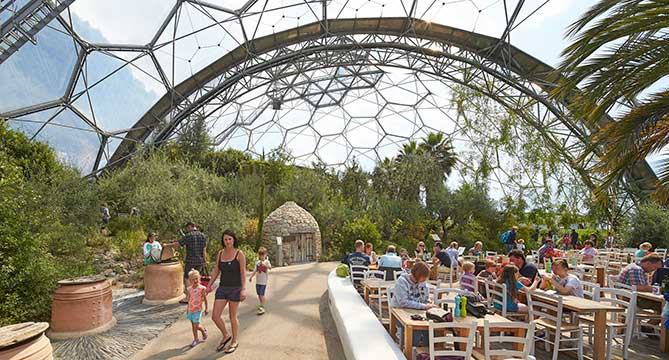
The Eden Project, located in the UK, integrates biophilic design by incorporating large-scale living plant installations into its geodesic domes. This nature-rich environment has been shown to promote cognitive well-being by reducing stress, improving mood, and increasing cognitive restoration. Visitors are immersed in a space that fosters a deep connection with nature, providing a sanctuary from urban life. The Eden Project exemplifies how biophilic design can have tangible benefits on cognitive health.
1.4 Bosco Verticale (Vertical Forest)
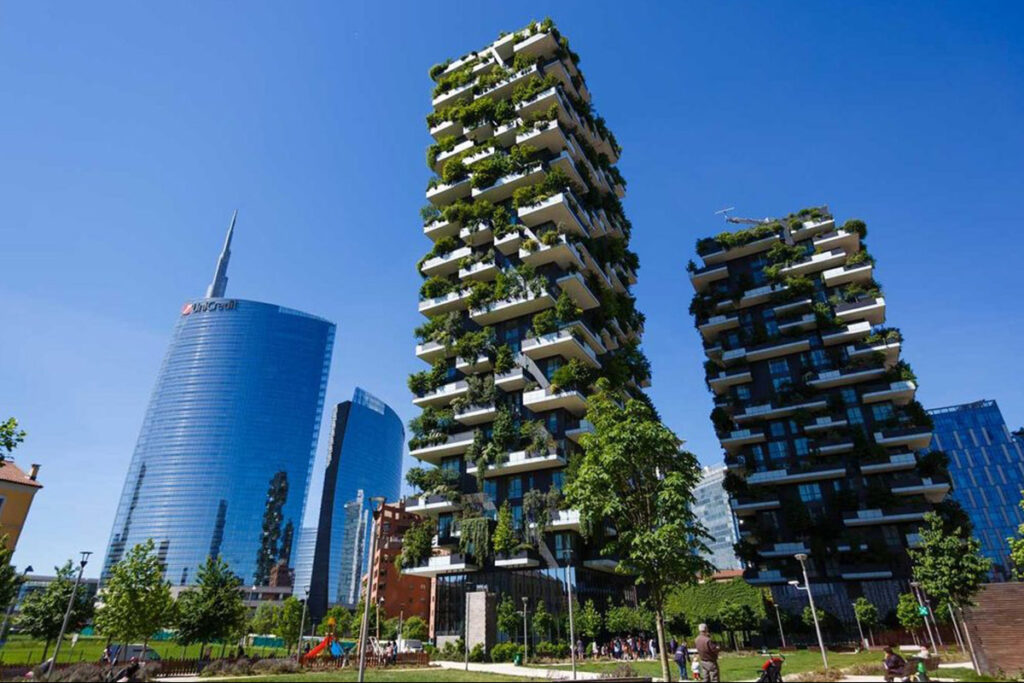
The Bosco Verticale in Milan is an innovative example of integrating nature into urban architecture. The residential towers, adorned with thousands of trees and plants, not only beautify the urban landscape but also enhance the cognitive health of their inhabitants. The project demonstrates how green spaces in urban settings can reduce stress, improve air quality, and contribute to mental well-being. The Bosco Verticale shows how incorporating nature directly into design can positively impact cognitive and emotional states.
1.5 Frank Gehry’s Guggenheim Museum (Bilbao)
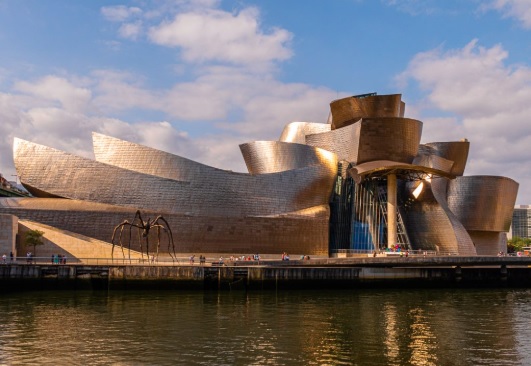

Another iconic work by Frank Gehry, the Guggenheim Museum Bilbao, challenges traditional forms and stimulates cognitive responses through its deconstructivist design. Its dynamic, curving shapes create an ever-changing environment that invites curiosity and exploration, impacting both the cognitive and emotional states of its visitors. The museum exemplifies how avant-garde design can enhance creative thinking and intellectual engagement.
2. Emerging Trends in Cognitive Architecture
2.1 The Role of AI and Machine Learning in Design
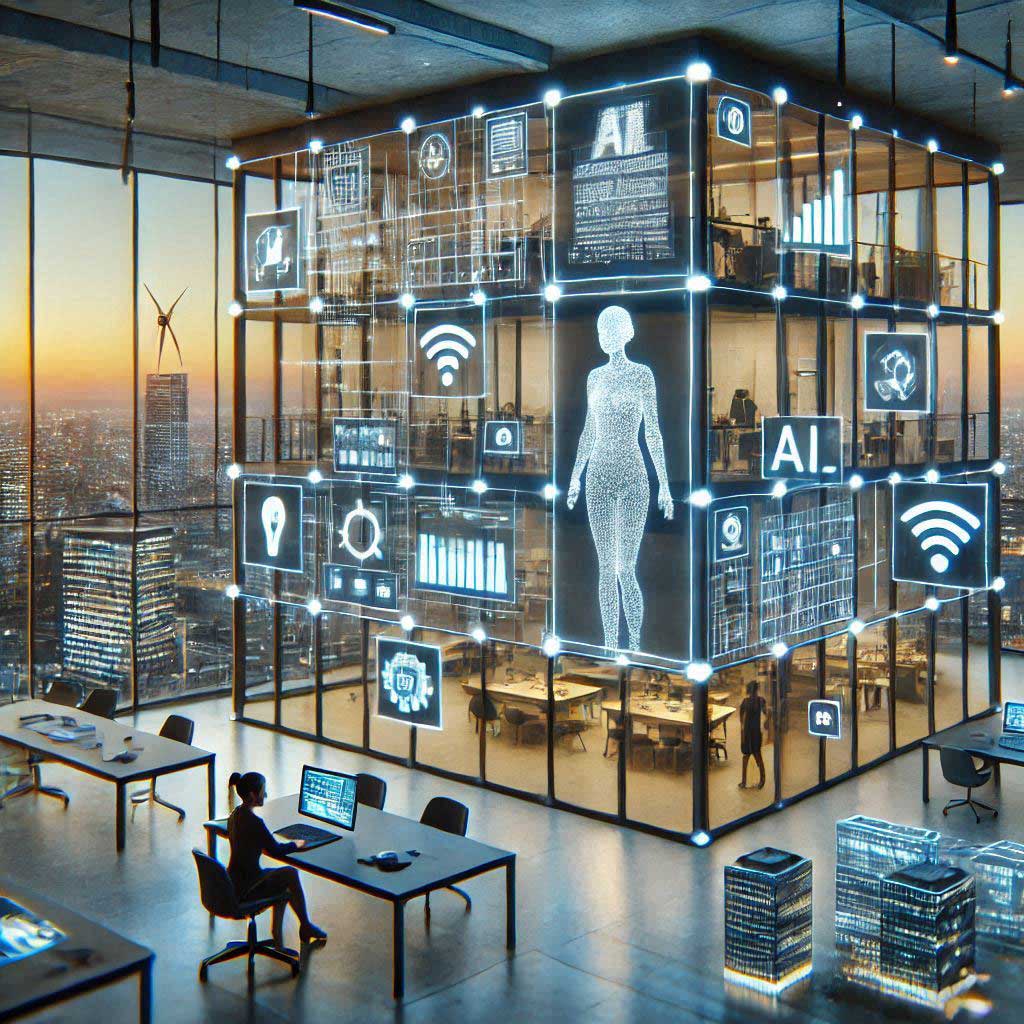
AI is becoming a game-changer in cognitive architecture. AI-powered systems can gather data on how individuals interact with their environments and adjust architectural elements in real-time to improve cognitive outcomes. For example, AI could optimize lighting, temperature, and spatial arrangements based on the occupants’ needs—whether for relaxation, focus, or creativity. AI also enables predictive design, allowing architects to simulate how a space will impact cognitive behavior before construction begins. This could lead to more efficient, personalized, and user-centered designs that enhance mental well-being.
2.2 Data-Driven Design: Shaping Environments Based on Human Behavior
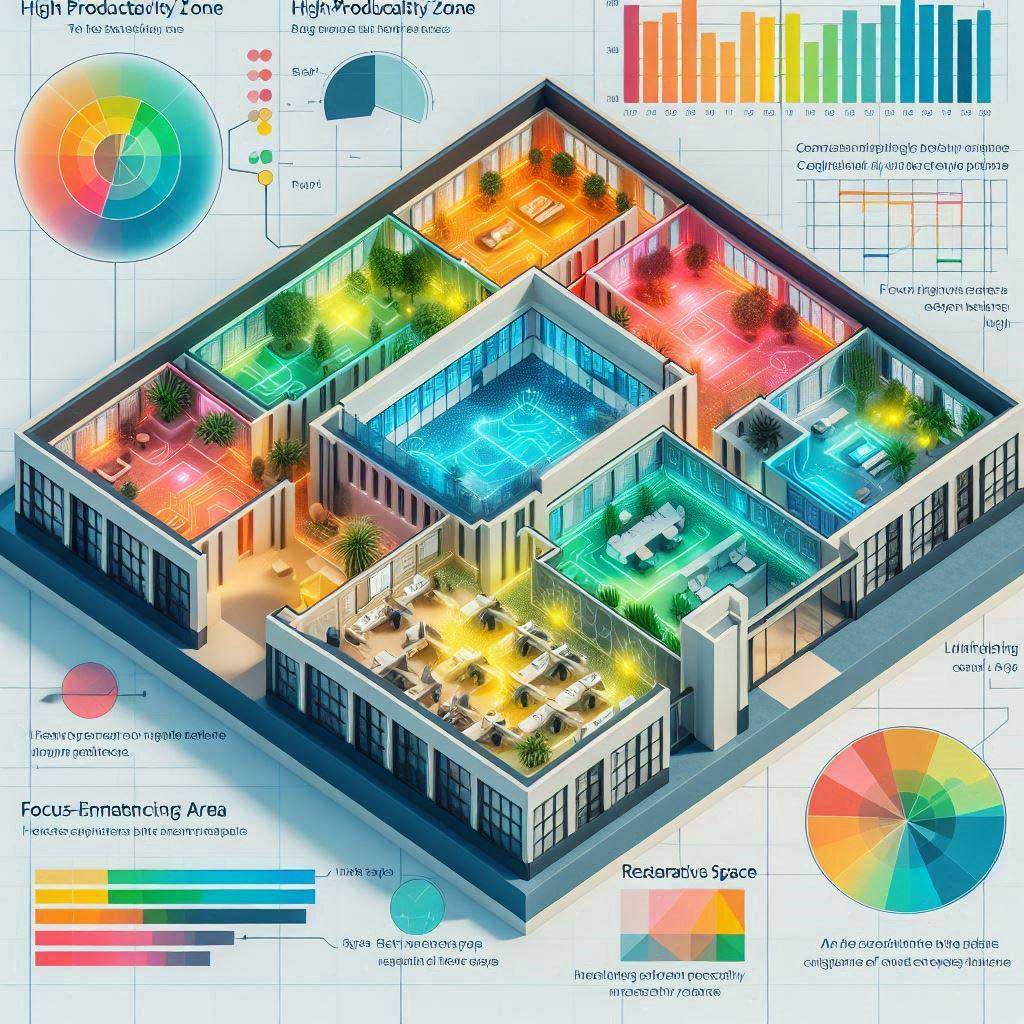
Data-driven design is a powerful trend where architects use behavioral data to inform design decisions. Sensors and analytics are used to collect data on how individuals use spaces—whether they are at work, in a hospital, or at home. This data can then be analyzed to create environments that promote productivity, relaxation, or healing. For instance, in an office space, data may reveal patterns of when employees are most productive, allowing the design of spaces that are flexible and adapt to these needs. In healthcare settings, data can optimize room layouts to improve patient recovery times and emotional well-being.
2.3 Sustainability in Cognitive Architecture
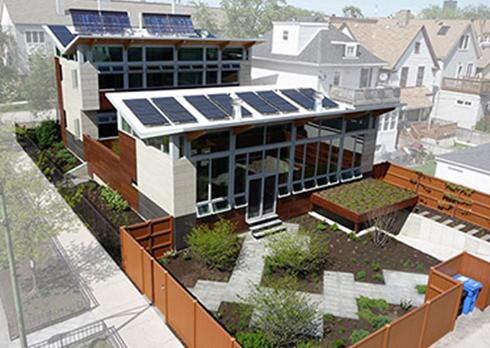
As concerns over climate change intensify, sustainability has become a core principle of cognitive architecture. Sustainable buildings not only minimize environmental impact but also create healthier environments for their inhabitants. Biophilic design is a key component of sustainable cognitive architecture, connecting people with nature to promote well-being. For example, integrating natural light, green spaces, and plant life into building designs has been shown to improve cognitive function and emotional health. Future buildings will increasingly use renewable materials, energy-efficient systems, and smart technologies to reduce carbon footprints while enhancing cognitive well-being.
2.4 Smart and Adaptive Environments

Smart buildings that respond to the needs of their inhabitants are becoming increasingly prevalent. These adaptive environments utilize IoT (Internet of Things) technologies to create spaces that respond in real-time to the behavior and emotional states of individuals. For instance, smart office spaces may adjust lighting and temperature based on an individual’s preferences or cognitive needs, improving productivity and comfort. In healthcare settings, adaptive designs may adjust room conditions to reduce stress or promote recovery. Neuroadaptive systems, powered by AI, are expected to refine these technologies further, enabling buildings to respond even more intuitively to cognitive and emotional states.
2.5 Immersive Technologies (AR/VR) in Cognitive Architecture

Virtual reality (VR) and augmented reality (AR) technologies are revolutionizing cognitive architecture by allowing designers to test spaces and simulate cognitive effects before construction begins. For example, AR can be used to visualize how different lighting or color schemes impact mood and focus. VR can immerse individuals in a virtual version of a space, allowing for experimentation with various layouts and features to assess their cognitive impacts. This technology also opens the door for immersive therapeutic environments, such as virtual reality spaces designed to reduce stress or aid in mental health recovery.
2.6 Holistic Design for Mental Health and Cognitive Well-Being

The future of cognitive architecture is deeply intertwined with mental health. Holistic design focuses on creating environments that nurture both physical and cognitive well-being. In healthcare settings, this may include incorporating natural light, noise-reducing materials, and spaces that encourage social interaction and healing. For workplaces, it could involve designing spaces that minimize cognitive overload and provide opportunities for relaxation and rejuvenation. Future cognitive architecture will prioritize these aspects to create environments that support long-term mental and emotional health.
2.7 Resilient and Adaptive Environments in a Post-Pandemic World

The COVID-19 pandemic has significantly altered our perception of public and private spaces. The future of cognitive architecture will focus on creating resilient environments that can adapt to changing circumstances, such as the need for social distancing or health protocols. AI and adaptive technologies will be integrated to monitor the safety of a space, while design features will enable spaces to transition easily between different uses. These adaptive environments will also emphasize cognitive well-being, helping people to feel safe and supported in uncertain times.
3. Combining Case Studies with Future Trends: A Vision for the Future
3.1 Integrating AI in Biophilic and Green Design
Case Study: The Eden Project demonstrated the cognitive benefits of biophilic design, where nature is integrated into architectural spaces.
Future Trend: By combining AI with biophilic design, future projects could personalize the environment to better suit individuals’ cognitive needs. For instance, AI systems could monitor visitors’ stress levels and adjust lighting, sound, and temperature in real time to enhance the restorative qualities of the space. This would create even more responsive environments, where nature and technology work hand-in-hand to optimize mental health.
3.2 Personalized Cognitive Environments in the Workplace
Case Study: The Guggenheim Museum uses a non-linear design that promotes exploration and cognitive engagement.
Future Trend: Imagine a workplace where AI personalizes the environment based on each individual’s cognitive state, optimizing lighting, spatial layout, and even sound to improve focus and well-being. Just as the Guggenheim’s form invites mental exploration, AI-driven design could transform the workplace into a more dynamic, personalized environment that adapts to the cognitive needs of employees.
3.3 Designing for Mental Health and Cognitive Resilience
Case Study: Bosco Verticale integrates greenery into its design to improve cognitive well-being and mental health.
Future Trend: In the future, neuroadaptive systems could further enhance such biophilic designs by responding to cognitive states. If a resident in a Bosco Verticale tower is feeling stressed, the system could adjust lighting or play soothing sounds, creating a more restorative environment. This integration of AI and biophilic design would enable urban environments to actively support mental health, promoting resilience and cognitive recovery.
3.4 Sustainable, Neuroadaptive Urban Environments
Case Study: The Sydney Opera House uses its design to evoke cognitive responses and emotional engagement.
Future Trend: Combining sustainability with AI-driven adaptive systems, future urban spaces could not only reduce environmental impact but also improve cognitive well-being. Smart systems could monitor and adjust environmental factors based on the cognitive and emotional states of individuals, creating spaces that are not only sustainable but also cognitively enriching.
4. Conclusion
The future of cognitive architecture is an exciting frontier where AI, data-driven design, and sustainability work together to create environments that are not only beautiful and functional but also deeply supportive of human cognition and well-being. By combining the insights from successful case studies with emerging technological innovations, we can expect to see spaces that are more responsive, personalized, and effective in fostering mental health, creativity, and productivity.
As technology and design principles evolve, cognitive architecture will play a central role in shaping spaces that actively promote human flourishing, both mentally and emotionally.
